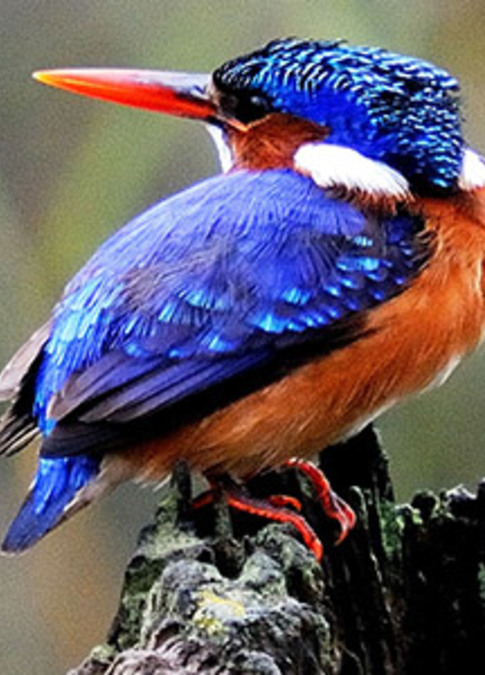Animal Behaviour
It was in April 1947 that Dr Robert Broom, the noted doctor-turned-palaeontologist, announced to the world the discovery at Sterkfontein caves, some 70 km south-west of Pretoria, of “Mrs Ples,” the fossilized skull of an Australopithecus africanus, or pre-human, one of mankind's earliest ancestors. The fossil had an estimated age of 2.15 million years.
In the intense debate that followed between creationists and Darwinians, and for that matter between the supporters of Broom and those who stoutly maintained that modern man developed in Europe, or possibly Asia, but certainly not in Africa, the term “missing-link” was much bandied about. But how did one differentiate exactly between human-like apes and ape-like humans? Various factors and characteristics were alluded to including the use and manufacture of tools, and of an opposable finger and thumb that enabled humans to perform certain intricate and delicate operations of which other creatures were incapable.
Animal behaviourists were quick to point out that various animals were capable of using tools, though not necessarily of making them. Chimpanzees, for example used grass, sticks and stones as tools, and were even, occasionally, known to adapt them in some way in order to obtain a desired result. The experts were also quick to note that an opposable finger and thumb were not essential for delicate and intricate operations, for animals in no way directly related to people were capable of such. One needed to look no further than the nests of birds such as weavers. The exact point where, if one were a Darwinian, apes became men remained as elusive as ever.
Recently at Kariega we were reminded of these arguments of sixty years ago. Within the space of less than five minutes we witnessed elephants performing tasks that in one instance involved the careful use of a tool, and in the other the almost incredible adroitness of this, the largest of land animals.
Seeing the herd emerge from the bush we parked and settled back to watch the great creatures. They were making their way gradually in our direction, some pulling at bushes and gathering up mouthfuls of leaves, many of them taking the opportunity of having a dust-bath, and the youngsters gambolling to and fro, underneath and around the adults. One of the young adults decided to try his luck and slapped the bonnet of the Landcruiser with his trunk. “Get off,” said Jacques Matthysen, our ranger, “What do you think you're doing?” Dutifully the elephant removed his trunk and moved off, but he now began to rub his eye with his trunk. Not being able to stop the itch in that fashion. he began looking around and found a stick. Picking it up with his trunk he took a look at it, but after consideration flung it aside. He then began picking up small stones. Several of these were discarded before he found one to his liking. This he lifted with his trunk and, having closed his left eye, very gently rubbed the lid with the stone. During the process he emitted rather louder, but otherwise almost human-like rumblings of satisfaction, before dropping the stone and continuing on his way.
Meanwhile another young adult was battling with a different problem. Seeing the way in which they move with apparent ease through the dense, tangled, thorny mass of the subtropical thicket, it hadn't occurred to us that even elephants at times have to deal with the long, white spikes that protect the sweet-thorns – Acacia karroo. This particular animal had picked up a sweet-thorn spike in the pad of its left forefoot. Reaching open ground it stopped to investigate the injury. Then with the extreme tip of its trunk it extracted the offending object as deftly and neatly as might a mother with a pair of tweezers remove a splinter from her child. Fortunately Caryl was able with her camera to capture the moment.








